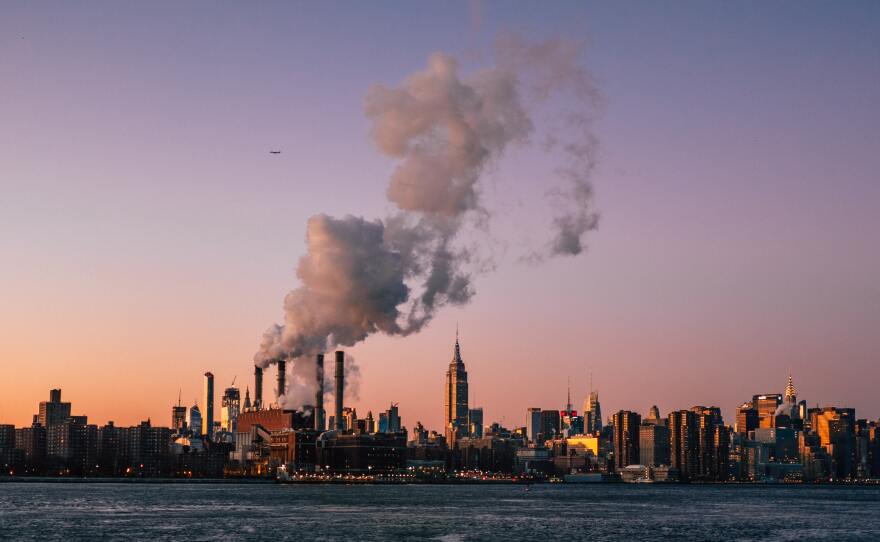One of the first actions by President Biden after his inauguration was bringing the U.S. back into the Paris climate agreement. A new study from a researcher at the University of Washington shows people how much more we will have to do, to meet the goals in that accord.
Adrian Raftery is a professor of statistics and sociology and an adjunct professor of atmospheric science.
Three years ago, he used statistics to look at how likely we are to meet the Paris goal - of keeping global warming below 2 degrees Celsius by the end of the century. It’s considered a benchmark for avoiding catastrophe. Raftery found we have only a 5 percent chance of meeting it.
“That was really depressing. And that's why we continued with the research -- which is in the paper that just came out – which basically says, what can we do?”
They pinpointed how much more each country needs to reduce emissions to stay below 2 degrees Celcius. They had to factor in a period of inaction from 2015 to 2019, when progress on emissions reductions “kind of stalled out.” But Raftery says there was good progress in the decade that started in 2005. So he felt confident suggesting a new goal.
It’s nearly double the current guidance: an average of a 1.8 percent drop in emissions per year, rather than 1 percent per year.
It’s ambitious, “a heavy lift,” Raftery says.
But he says knowing what’s needed gives him hope.
“It's not saying we have to completely change our entire way of life. It's saying we have to be mindful and take quite a few measures. But it's, I think, achievable.”
And he says the pandemic presents an opportunity to reset. We’re learning how to function with less business travel.
“For example, air travel is way down, and that's a big source of emissions. People are definitely driving to work less,” he says.
The question now, he says, is if we will be able to capture some of these gains for the climate as we go back to normal life.
“And I think one of the things the pandemic has done is to show us that some things that before we thought were implausible or unthinkable, actually, they're possible."
But personal behaviors and individual choices are only one part of the puzzle. He says a lot more needs to be done with new technologies and stronger regulations to get us on the right track.
And he thinks, psychologically, it would make sense to set more interim goals.
“There's a lot of discussion of very distant, very ambitious goals like net zero emissions in 2050, which I think is a great goal, but it's kind of abstract,” Raftery says.
Washington state has statutory goals that were set years ago; we are not yet meeting them.
Raftery says if the data show that we need to be actually improving our rate of improvement on a year over year basis, we should be looking at that.
“We should have targets that are much, much, much shorter term. I think we should have a target for 2022, for example, and we should then look very carefully at: do we actually meet that?”
The paper appeared Feb. 9, 2021, in Nature’s open-access journal Communications Earth & Environment.








